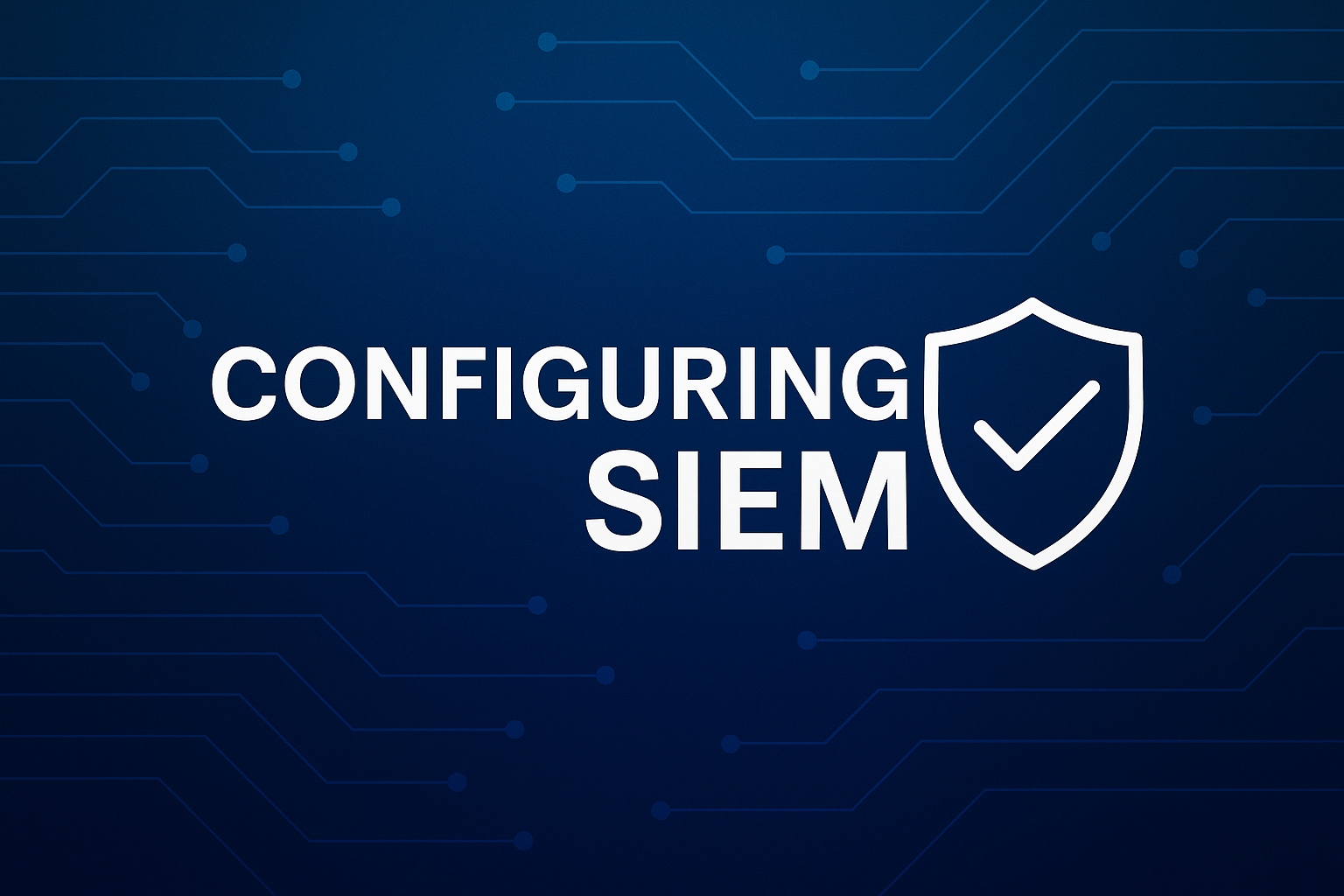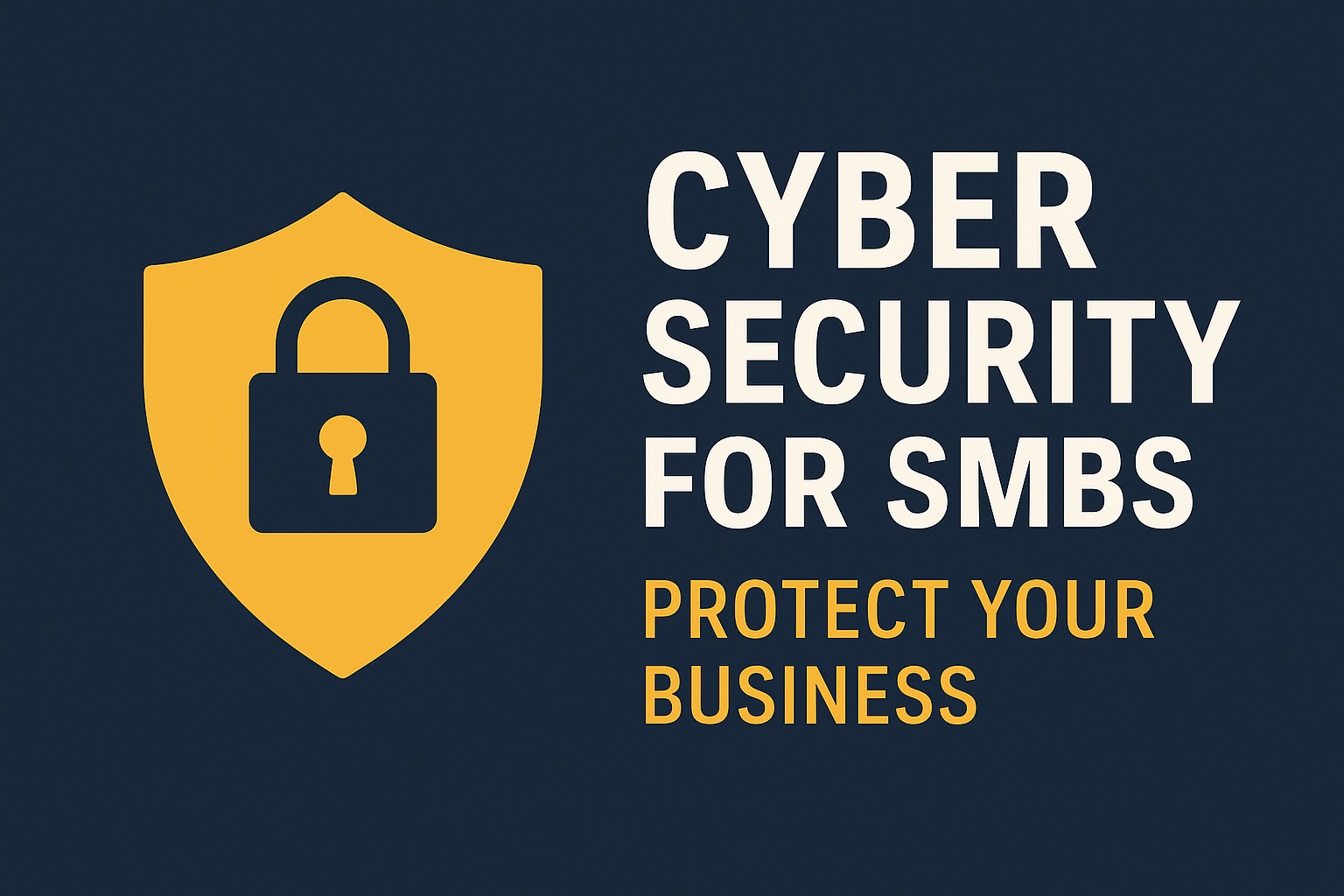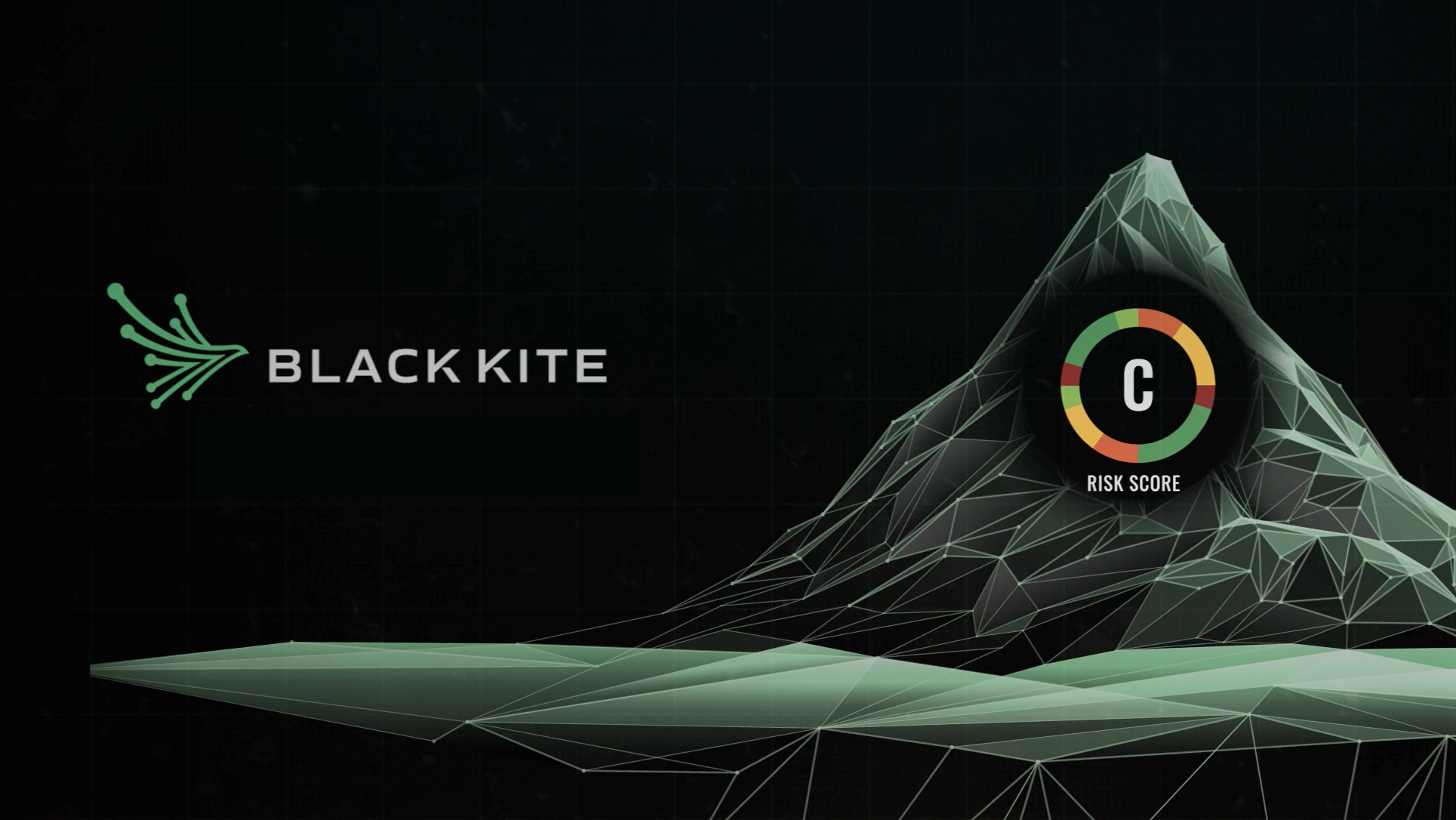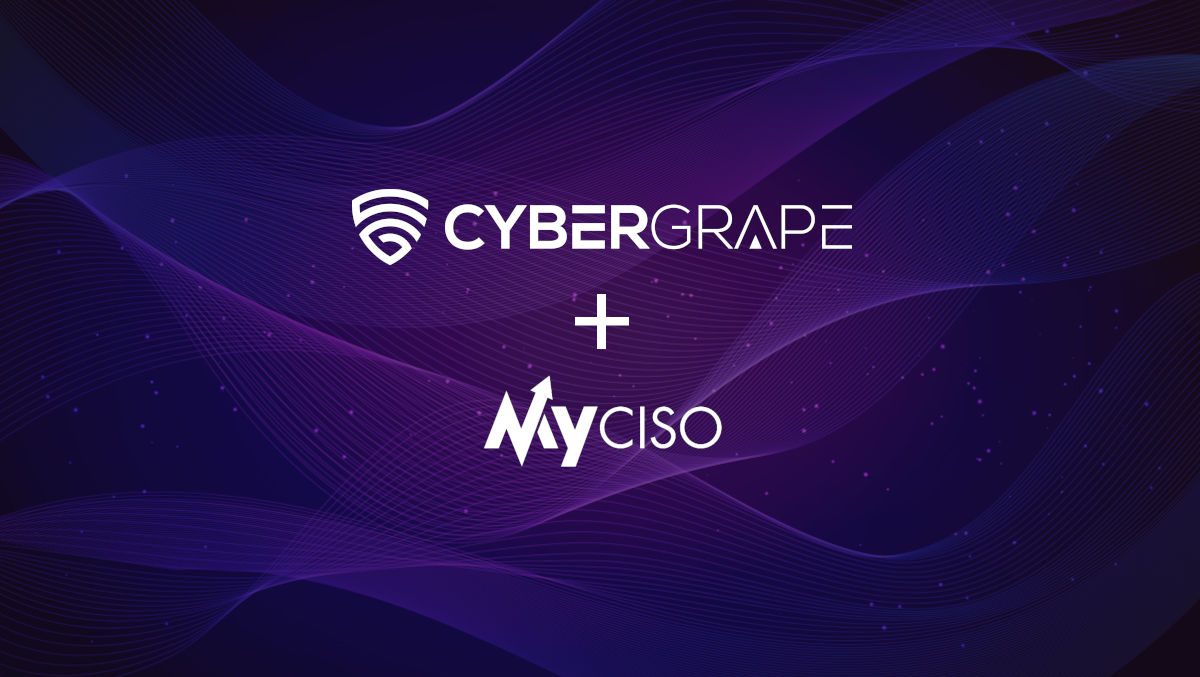Security Information and Event Management (SIEM) solutions are often positioned as the centrepiece of an organisation’s security operations. Yet many deployments fail to deliver value because they try to do too much, too quickly. The key to success lies in configuring SIEM with a clear roadmap, realistic scope, and alignment to business risks.
Why SIEM Matters
At its core, SIEM provides the visibility and context needed to detect, investigate, and respond to security incidents. It aggregates logs from identity systems, endpoints, networks, and cloud platforms, then applies rules and analytics to flag suspicious behaviour. When configured properly, SIEM enables:
Early detection of account compromise or malware outbreaks.
Correlation of events across multiple systems.
Compliance evidence for frameworks such as ISO 27001, NZISM, and PCI DSS.
Centralised reporting to inform executives and auditors.
The problem is that too many organisations adopt a “collect everything” approach. This drives up cost, creates noise, and overwhelms the team. The smarter route is to adopt a phased approach.
Step 1 – Start with the Essentials
When first configuring SIEM, keep the scope narrow:
Identity and access logs (Active Directory, Entra ID, Okta).
Email security events (Microsoft 365 Security, Proofpoint).
Endpoint and EDR alerts.
Firewall and VPN logs.
Cloud audit trails (AWS, Azure, GCP).
Dashboards should track login failures, privilege use, and malware detections. Rules must be simple and high-confidence, reducing false positives. At this stage, the aim is visibility, not sophistication.
Step 2 – Build Maturity
Once the basics are stable, expand the SIEM footprint:
Ingest logs from business-critical applications, DNS, and proxies.
Integrate threat intelligence feeds to enrich detection.
Implement correlation rules, such as impossible travel or privilege escalation followed by data transfer.
Automate routine responses like disabling compromised accounts or isolating devices.
The benefit of configuring SIEM in this structured way is that the system grows with your team’s capability.
Step 3 – Scale to Advanced Capabilities
At high maturity, SIEM becomes the backbone of a Security Operations Centre (SOC):
User and Entity Behaviour Analytics (UEBA) to baseline normal activity.
Machine learning for anomaly detection.
Threat hunting mapped to MITRE ATT&CK techniques.
SOAR playbooks to automate complex investigations.
Evidence reporting for compliance, audits, and cyber insurance.
Here, SIEM shifts from being reactive to enabling proactive defence.
Practical Takeaways
Define your use cases before you ingest logs.
Prioritise quality of alerts over sheer quantity.
Align configuring SIEM with compliance frameworks for dual value (security and evidence).
Budget for maturity uplifts – each phase demands more storage, licensing, and analyst time.






